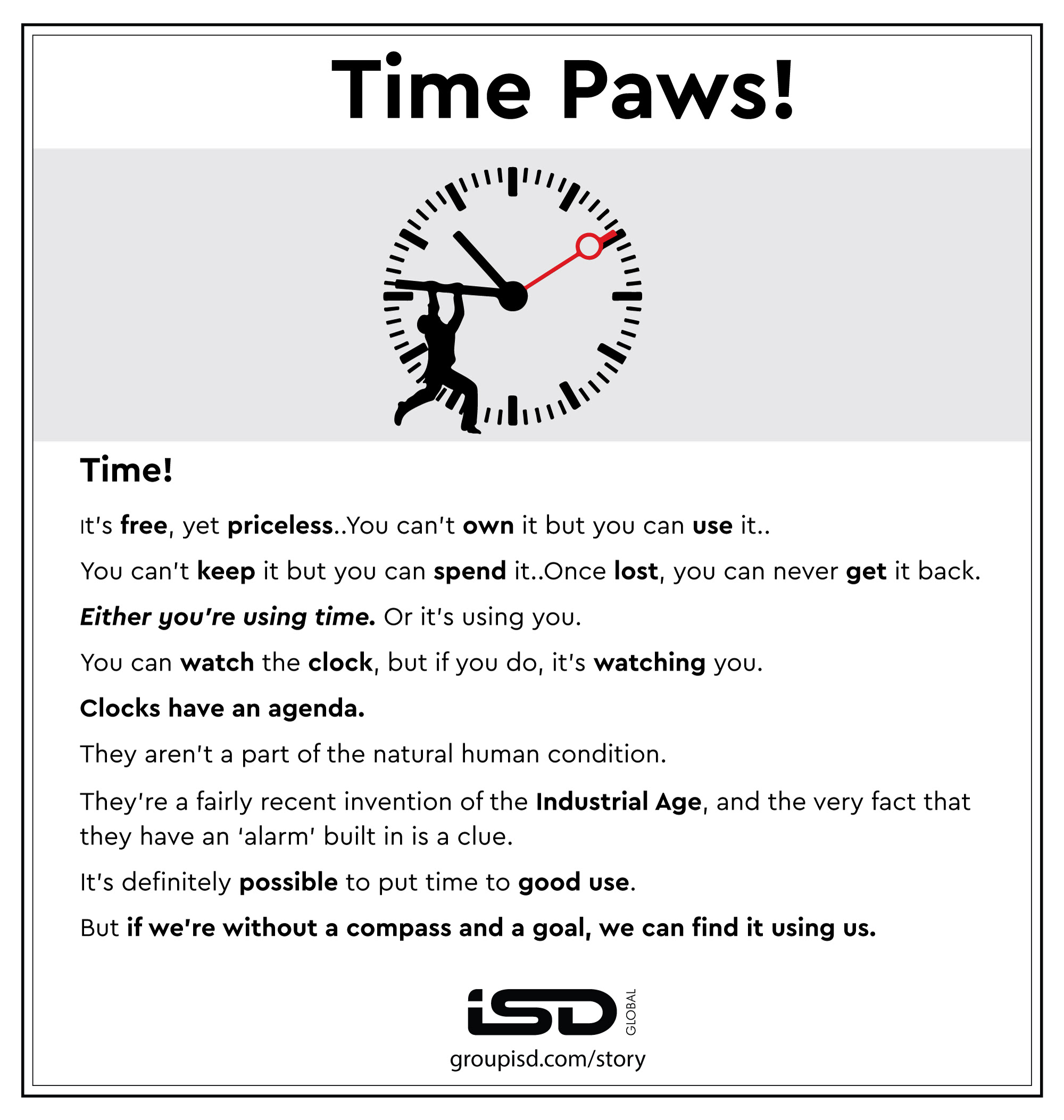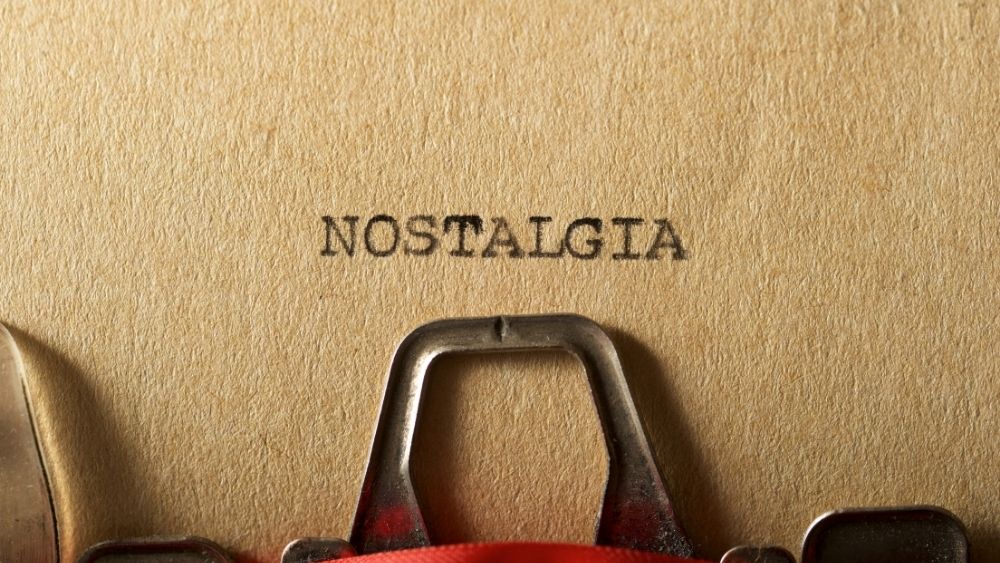I thought there is so much to know to about Nostalgia- so, here I go again!
Caveat: This is a Long Read
It was the summer of 2018. On a trip to London, I was with family at a South Bank store that sold books, records, memorabilia among other things. Apart from great classics on film making and works of Shakespeare, what caught my attention was an unadulterated digital native ( she must have been at best all of 17), buying a vinyl album(records as they were called those days) of yesteryear band Fleetwood Mac. In the days of streaming music services like Spotify, Deezer and what have you, I was wondering what was the throwback all about. That experience has retained etched in (my fast fading) memory, ever since.
If you’ve ever watched an ad or a TV show and felt fond memories of the good old days rushing back at you, then you’re familiar with nostalgia. Nostalgia describes the sentimental longing we feel for periods in the past. It’s the warm feeling that envelops us when we think of positive times from our childhoods or youth.
Nostalgia is often triggered by a sensory stimulus, such as a scent, a song, a taste, or a sight; it can also be caused by a conversation, a memory recollection or a similar experience.
Nostalgia marketing takes on that notion and creates a playful campaign referencing a time gone by in order to tap into our collective longing for the past.
According to Krystine Batcho, Le Moyne College professor, psychologist, and researcher of nostalgia, “Nostalgia is a refuge, as people turn to the feelings of comfort, security, and love they enjoyed in their past.”
It comes as no surprise that during the first COVID-19 lockdown, mentions of nostalgic keywords rose from 13 million to 24.4 million, which is an increase of 88%.
When people watch an old television show, listen to some excellent music from a bygone era(how about ABBA?), and so on, they feel happy and have a better outlook on life. As a result, a lot of brands and businesses are now attempting to capitalize on this sentiment and trend by creating advertisements and other marketing materials that remind and nudge individuals of happier times in their lives.
Many enterprises are also attempting to associate their brand with pleasant memories and notions associated with past periods and places. The goal of businesses is for their customers and other consumers to associate their products and brand with a time when things were better, less stressful, and more secure.
This brand of advertising can be effective for businesses of all sizes. In addition to rating such nostalgic advertisements and the company behind them more favorably, consumers also pay more for the items that are associated with those advertisements. So, it is a double whammy. It is referred to as creating an emotional connection, and it pays off handsomely for the company that employs nostalgic marketing.
Why nostalgia marketing works so well
Studies on autobiographical memory — the memory system that tracks episodes of our lives — have shown that when we are reminded of episodes from our past, we re-experience the emotions tied to the original episodes. So, if those memories were positive — think carefree moments from our childhoods, fun family dinners, road trips or game nights with friends, etc. — we are likely to experience the same cheer.
The Devil(does not wear Prada) is in the details!
One must ensure that the music, colors, fonts, and even the images used in the advertisements or other communication are appropriate for the time period being promoted. For example, don’t use a font or color palette from the 1920s in a 1960s retro advertisement. Instead, make use of the options from the 1960s. Authenticity is paramount.
Oh the good ol’ days… One app had brought back a decade of happy memories and made millions feel like a teenager again. Pokemon Go. Coincidently it had also brought Nintendo and Niantic billions of pounds in business revenues and a new generation of loyal followers. That is the power of the past, and the reason why brands use nostalgic marketing.
The Trifecta that drives Nostalgia Marketing
Emotions
We all know about the adage ‘ Sell the Sizzle Not The Steak ‘. Enabling people to reminisce about the good ol’ days, marketers are actually triggering actual feelings we once had. Whether those feelings are your favorite snack, or the first song you slow danced to(Lady in Red anyone?), your first date, your first bike ride..
Not only does forlorning for the past make us feel fuzzy inside it also makes us open to brand messaging.
Memories
The route to nostalgia marketing is by triggering latent memory. Three’s Company or Miami Vice or I Love Lucy were great TV shows no doubt and we don’t need to be convinced about it but it works to be reminded about it. The same applies for brands; if a brand is able to trigger a reminder of a time that they were once favourable to us, or use existing memories and tie themselves to that association, then they need not worry about convincing us that they are great they can just remind us of a heyday era.
Trust
Celebrating milestones or using the year of establishment within the brand identity( aka Marks & Spencers: Est 1884) to relay to customers that you have stood the test of time is an instantly effective method of gaining their trust. This strategy to reinvigorate the trust in brands by conjuring up past associations hopes to bring back previous customers and inspire new ones.
Why (Blast from the Past) Nostalgia?
Nostalgia is the marketing equivalent of comfort food. Especially in difficult times, a hug from the past can settle our nerves and reassure us to purchase a product to make us feel secure again. As we face headwinds of a long, protracted recession, now is the time for brands to act as a comforting cup of cocoa for consumers.
Time for brands to flip the Polaroids in our minds. It would be worthwhile spending the present to go back into the past to tackle the future.
ENDS


